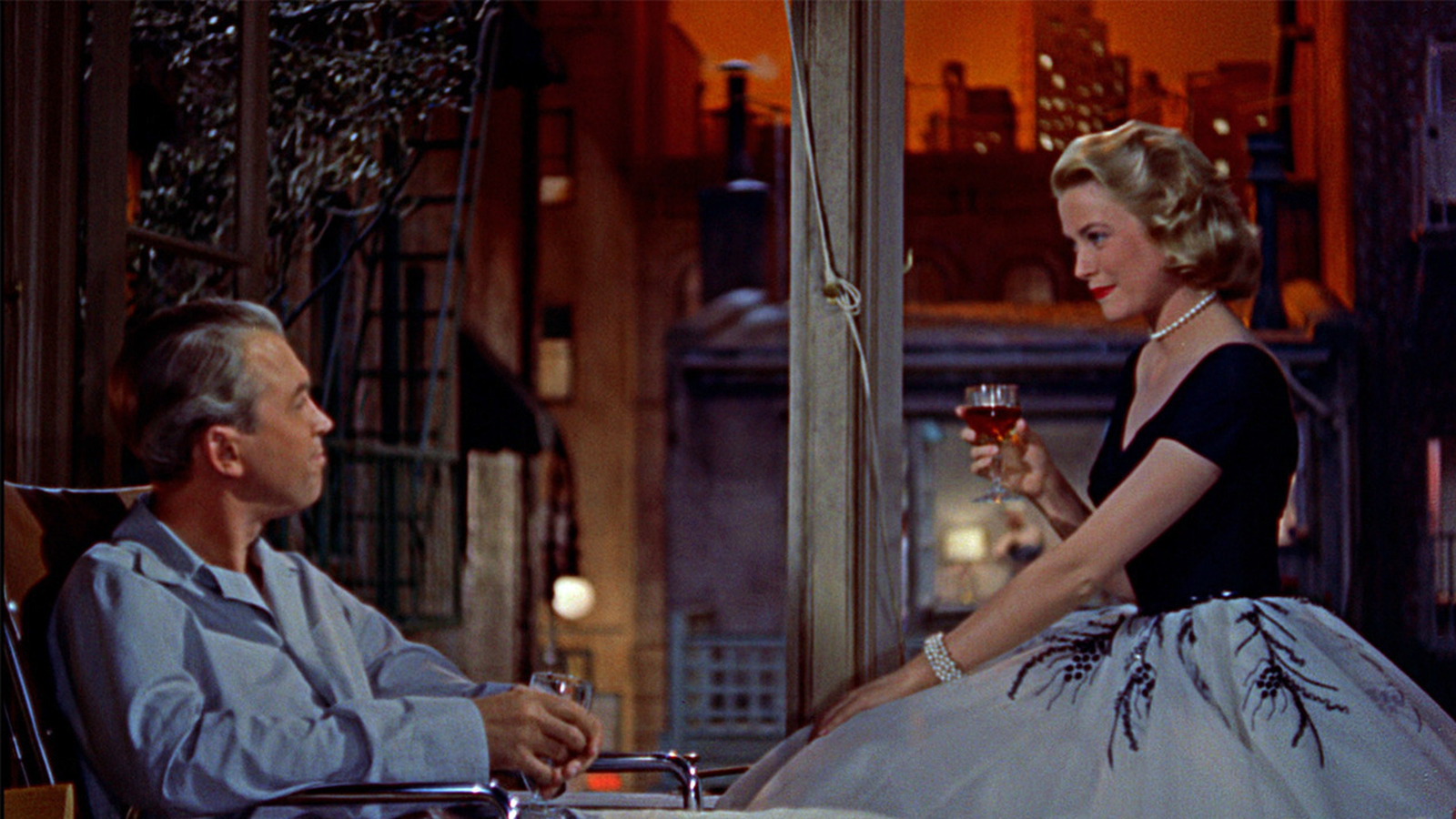#The Real-Life Murders That Inspired Rear Window

“#The Real-Life Murders That Inspired Rear Window”
In the book-length interview “Hitchcock/Truffaut,” filmmaker Francois Truffaut spoke with Hitchcock about his oeuvre from his earliest films to “Frenzy.” When “Rear Window” came up, Hitchcock mentioned that the killing “presented something of a problem,” so the “Psycho” director used a pair of news stories from the British press as further inspiration. One is “the Patrick Mahon case” and the other is “the case of Dr. Crippen.”
Dr. Crippen’s full name is Hawley Harvey Crippen, and he was an American homeopath practicing in London with his second wife Cora, a music hall singer. While managing Drouet’s Institution for the Deaf, Crippen met and engaged in an affair with his employee, typist Ethel Le Neve (Cora is alleged to have had multiple affairs, as well). In 1905, the Crippens moved to 39 Hilldrop Crescent on Camden Road, where they took in lodgers for cash. Following a party on January 31, 1910, Cora disappeared from their London home; Crippen’s story was that she had gone to the United States. Hitchcock elaborates:
“But Crippen made a crucial blunder that turned out to be his undoing. He allowed the secretary to wear some of his wife’s jewelry, and this started the neighbors talking. Scotland Yard was brought in, and Inspector Dew went down to question Crippen, who gave a fairly plausible account of his wife’s absence, insisting that she had gone to live in California. Inspector Dew had more or less given up, but when he went back for some formality, Dr. Crippen ran away with the secretary.”
The story ends with Inspector Dew and Co. conducting a search of the house after Crippen bailed. There, Scotland Yard uncovered the torso of a human body, buried under the brick floor of the basement. The head was never recovered, but Crippen and his mistress were captured when the pair fled to Canada on the S.S. Montrose and tried to pose as a father and son. Crippen was later hanged for the murder of Cora Henrietta Turner at Pentonville Prison on November 23, 1910.
With that, Hitchcock now had the foundation for the film’s crucial plot point and the most damning evidence against Mr. Thorwald: that Mrs. Thorwald wouldn’t have gone on a trip without bringing her wedding ring. It’s a truth so evident in real-world crime stories that fiction can’t deny it: no one leaves portable, sentimental items behind in their travels.
If you liked the article, do not forget to share it with your friends. Follow us on Google News too, click on the star and choose us from your favorites.
For forums sites go to Forum.BuradaBiliyorum.Com
If you want to read more Like this articles, you can visit our Social Media category.




